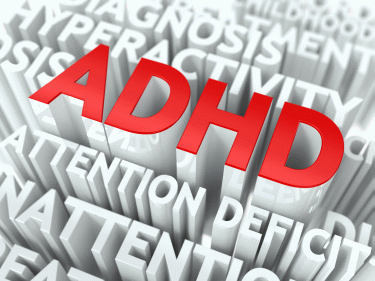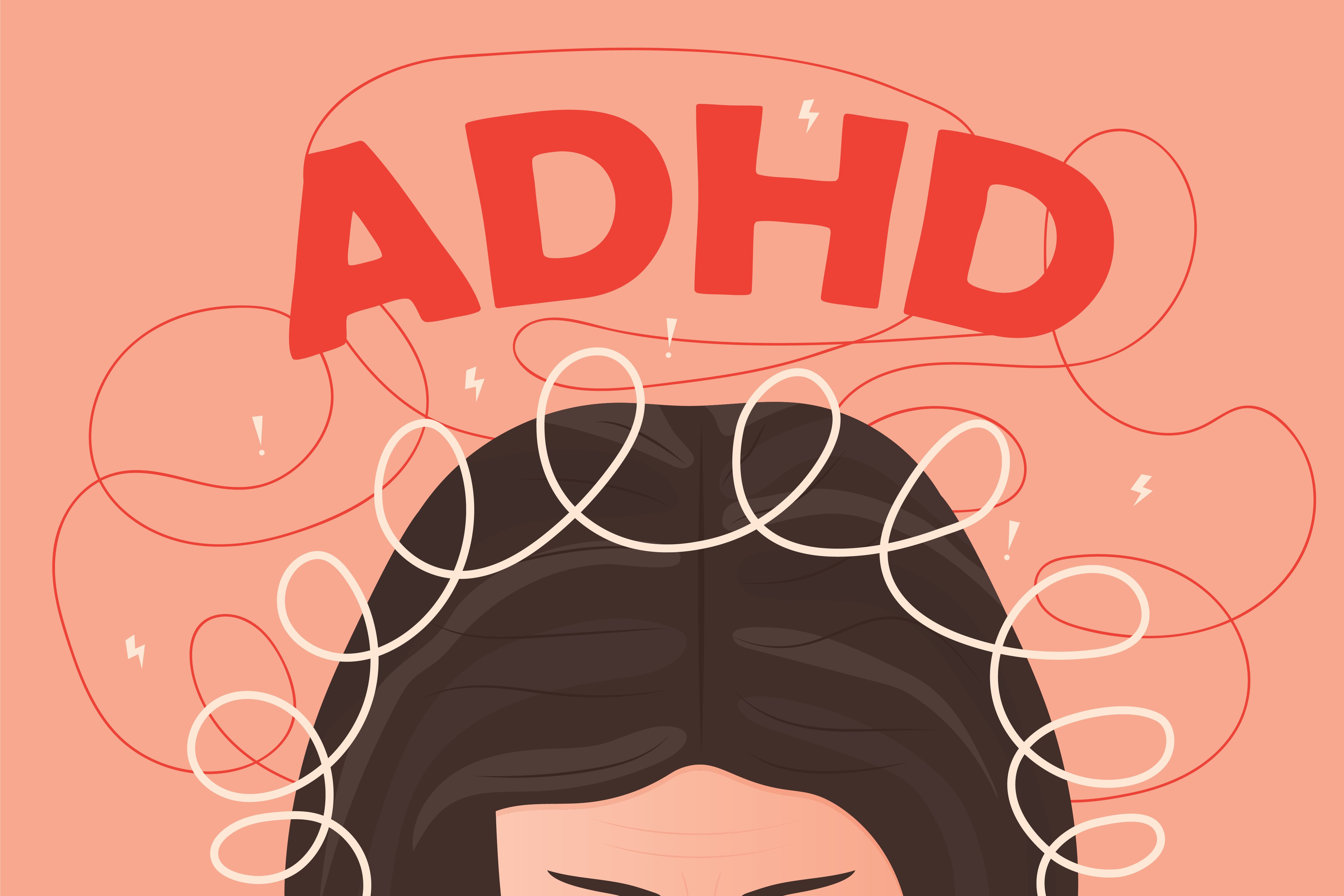Article
Guanfacine Improves Function as Well as ADHD Symptoms
Author(s):
Encouraging results from one of the few clinical trials that focus on function in ADHD.
©Tashatuvango/Shutterstock

RESEARCH UPDATE
In addition to ADHD symptoms, pharmacotherapy may improve ADHD-associated functional impairments related to academic performance and social and family dynamics. However, few clinical trials focus on function. A multicenter team of investigators turned their attention to the impact of guanfacine extended release (ER) and found reductions in functional impairment, compared with placebo, as measured by the Weiss Functional Impairment Rating Scale-Parent Report (WFIRS-P).1
The investigation itself was the substudy of an 8-week placebo-controlled randomized trial that examined the efficacy and tolerability of once-daily guanfacine ER according to morning or evening administration.2 The study population consisted of 333 North American and Canadian children aged 6 to 12 years with a diagnosis of ADHD. Patients were randomized into 3 groups: guanfacine (1 to 4 mg) in the morning, placebo in the evening (n = 107); placebo in the morning, guanfacine (1 to 4 mg) in the evening (n = 114); or twice-daily placebo (n=112).
The primary endpoint of the main, previously published study was to show that guanfacine ER-a nonstimulant selective α2A-adrenoceptor agonist-significantly reduced ADHD symptoms, as measured by the ADHD Rating Scale IV, whether it was taken in the morning or evening.2 This endpoint was met (P < .001). In the current study, the study population was rated according to the WFIRS-P at screening, baseline, the end of dose optimization, and the final on-treatment assessment. The WFIRS-P is a 50-item questionnaire that is completed by the patient’s parent or guardian and grouped into 6 domains: family, learning and school (divided into academic performance and behavior in school), life skills, self-concept, social activities, and risky activities.
At the final on-treatment assessment, significant improvements from baseline were seen in WFIRS-P total scores for both guanfacine treatment groups combined (P < .001) and separately (P = .001). Observed effect size values (Cohen’s d) for guanfacine morning-administration and evening-administration WFIRS-P total scores were moderate at 0.42 and 0.48, respectively, and slightly lower than effect sizes observed for ADHD symptom improvement.2 Specific WFIRS-P domains in which significant improvements (P < .05) were seen included family, learning and school, social, and risky behavior but not life skills or self-concept. Post-hoc analysis confirmed that the effects seen were treatment-related, with responders (61%) showing significantly greater improvements than nonresponders (P < .001).
The study authors surmised that life skills and self-concept domains may be less sensitive to measuring change or else require more tailored psychosocial interventions or longer treatment to evidence change. They noted that studies using longer treatment periods are needed to determine whether functional improvements seen with guanfacine therapy can be sustained or else strengthened with ongoing therapy and whether these effects extend to other ADHD pharmacotherapies.
References:
1. Stein MA, Sikirica V, Weiss MD, et al. Does guanfacine extended release impact functional impairment in children with attention-deficit/hyperactivity disorder? Results from a randomized controlled trial. CNS Drugs. 2015;29:953-962.
2. Newcorn JH, Stein MA, Childress AC, et al. Randomized, double-blind trial of guanfacine extended release in children with attention-deficit/hyperactivity disorder: morning or evening administration. J Am Acad Child Adolesc Psychiatry. 2013;52:921-930.






